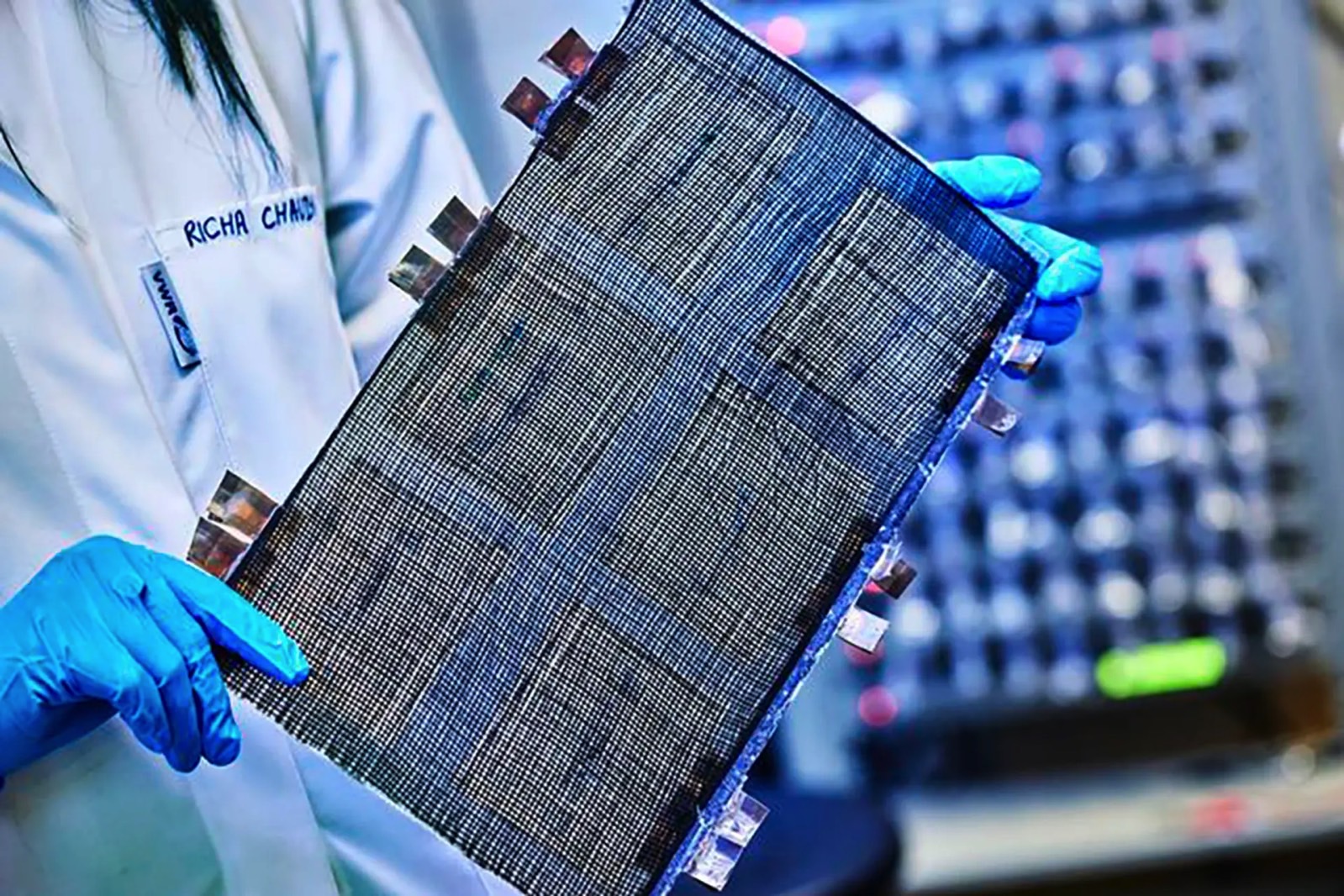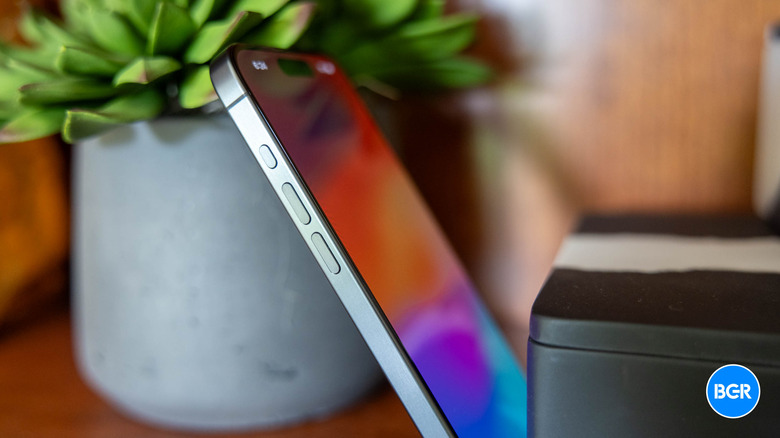An iPhone As Thin As A Credit Card? This Battery Tech Breakthrough Could Make It A Reality
I marveled earlier this week at the incredible thinness of the Huawei Mate XT batteries. That's the world's first commercially available tri-fold foldable phone. Starting at almost $3,000, the foldable features three ultra-slim batteries. Each measures just 1.9mm, as they have to fit in sections that are 3.6mm slim at their thinnest points.
I said at the time that phones like the rumored ultra-thin iPhone 17 Air could benefit from similar battery tech. The battery life of any ultra-thin device will be a key selling point.
Smartphone battery tech can get even better thanks to a massive breakthrough from Sweden. Researchers at the Chalmers University of Technology have developed a battery technology that would make credit card-sized iPhones possible. That's a so-called "massless energy storage" system that would actually double as part of the phone's body, if not the entire chassis.
A credit card is 0.76mm thin, which is even thinner than the silicon batteries Huawei uses for the tri-fold handset. Making such a thin device would be a remarkable challenge, whether an iPhone or something from the competition.
We are heading in that direction, however. We'll get thinner devices that are quite durable and feature great battery life. To get there, we need ultra-thin displays, chips, and batteries. The researchers at Chalmers University might have figured out the latter.
They did not create batteries serving credit card-sized smartphones, as such devices do not exist. Instead, they figured out how to make a battery out of carbon fiber composite. That material is as stiff as aluminum, so it can be used to create the body of an electric vehicle (EV). The body would also act as the EV's battery.
Such a design would significantly reduce cars' weight, as carmakers might ditch traditional battery packs instead of the Chalmers solutions. An alternative is pairing the carbon fiber chassis battery with a conventional EV battery to extend the range.

"Investing in light and energy-efficient vehicles is a matter of course if we are to economise on energy and think about future generations," research leader Leif Asp said in a statement. "We have made calculations on electric cars that show that they could drive for up to 70 percent longer than today if they had competitive structural batteries."
The researchers have worked on this technology for years. In 2018, they developed tech that shows carbon fibers can store energy. Since then, they've worked on increasing the material's stiffness and energy density. In 2021, they reached 24Wh/kg. Three years later, it's up to 30Wh/kg. It's still not quite what EVs would need, but if the battery is part of the car's chassis, the weight of the vehicle would be reduced significantly.
As for durability, the structural battery cell increased from 25GPa to 70GPa, which makes the carbon fiber comparable to aluminum.
So, where does the credit card smartphone idea come from? The same researchers came up with it.
"One can imagine that credit card-thin mobile phones or laptops that weigh half as much as today, are the closest in time," Asp said. "It could also be that components such as electronics in cars or planes are powered by structural batteries. It will require large investments to meet the transport industry's challenging energy needs, but this is also where the technology could make the most difference."
As for how the battery works, the Chalmers scientists turned the carbon fiber material into both the positive and negative electrodes of the battery. They've been able to remove the need for copper and aluminum as current collectors in the battery. They also removed conflict metals like cobalt and manganese from the electrode.
A semi-solid electrolyte transports the lithium ions in the carbon fiber battery instead of a liquid one. This is where the team says more research is needed to obtain higher power. However, the design increases safety in the battery cell, reducing the fire risk.

Back to the idea of a credit card-sized iPhone, such tech could allow a company like Apple to turn the chassis of the iPhone, if not the entire body, into a carbon fiber battery. The material would add rigidity to the phone while providing energy. On the front, there would be an ultra-thin OLED panel similar to what the M4 iPad Pro uses. Such technology could make battery replacement easier.
To achieve such iPhones, Apple will also need to miniaturize other components inside the iPhone without impacting performance and user experience. The camera parts involved in Face ID authentication, the speakers, the Taptic Engines, and other components would have to get significantly thinner. The rear camera module would also have to shrink considerably.
Meanwhile, the Chalmers team wants to commercialize their massless battery tech. They formed a startup called Sinonus in Sweden. Their newest research has been published in the journal Advanced Materials.
